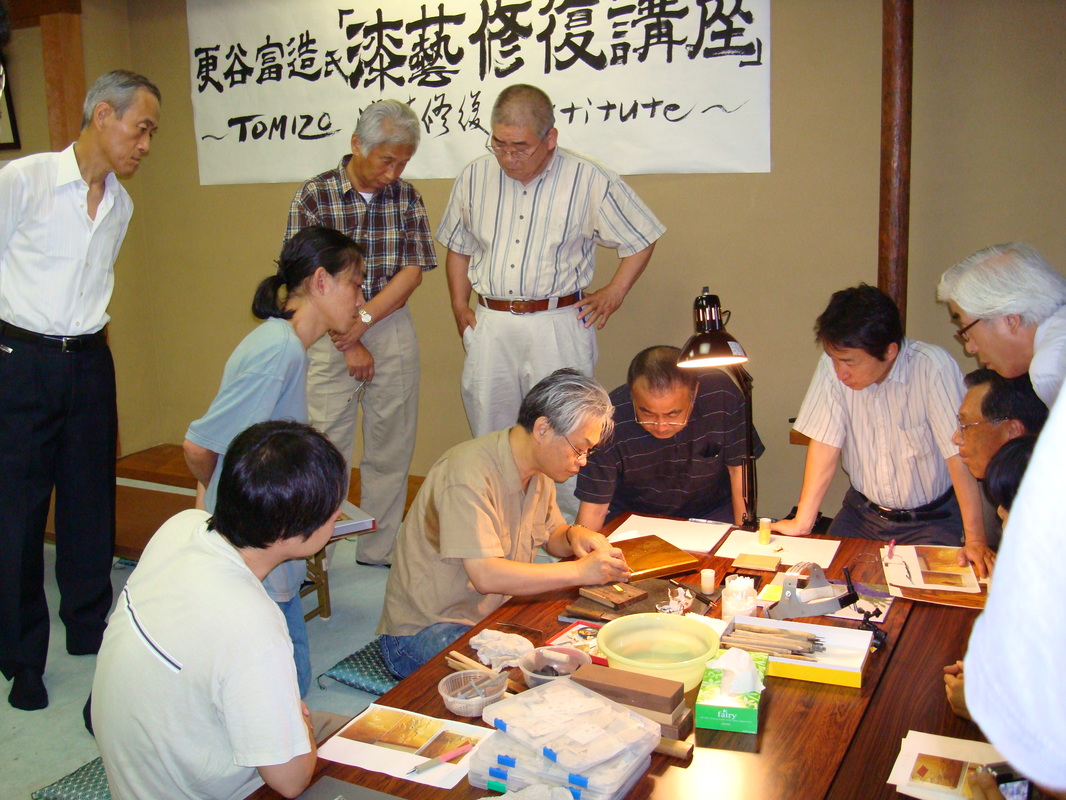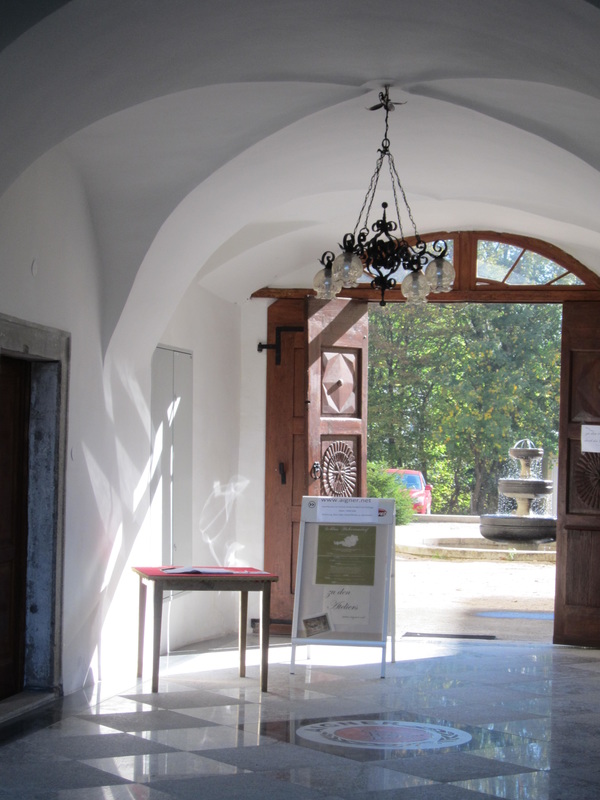background
Some might think that foreigners don‘t know anything about urushi. However, trusted and respected experts from famous auction houses like Sotheby’s or Christie’s in London are living proof that some foreigners possess much greater knowledge about urushi than many Japanese.
Outside Japan, collectors look at an object and decide whether to buy it or not based on what they see. In Japan, urushi artists always have to keep in mind their reputation and try to improve it by presenting their works at exhibitions. Selling prices are determined based on the reputation of an artist, while the actual piece of work only plays a subordinate role. Fortunately, it looks as if this trend is going to change.
There are many outstanding techniques like woodworking (shaping unpainted wood, for example on a lathe), foundation work, lacquering, polishing (of lacquer) or makie, to name but a few. Unfortunately, even skilled experts do not master all of these techniques; most experts only master the technique they have specialized in. This adds to the uncertain future perspectives of young motivated people who want to become urushi artists.
Knowing that I won’t be able to continue with my work forever, I do my very best to restore as many pieces of art as possible in order to preserve them for posterity and to create works of my own.
I want to pass on the know-how I have accumulated over the past 40 years. I want to teach young people striving to become urushi artists how to handle materials, lacquer and makie so that they can create their own artworks. Apart from urushi techniques, I also want them to acquire drawing, design and language skills.
For all these reasons, I am trying to establish a small school where young artists can learn how to preserve the art of urushi, which is part of our national heritage.
Outside Japan, collectors look at an object and decide whether to buy it or not based on what they see. In Japan, urushi artists always have to keep in mind their reputation and try to improve it by presenting their works at exhibitions. Selling prices are determined based on the reputation of an artist, while the actual piece of work only plays a subordinate role. Fortunately, it looks as if this trend is going to change.
There are many outstanding techniques like woodworking (shaping unpainted wood, for example on a lathe), foundation work, lacquering, polishing (of lacquer) or makie, to name but a few. Unfortunately, even skilled experts do not master all of these techniques; most experts only master the technique they have specialized in. This adds to the uncertain future perspectives of young motivated people who want to become urushi artists.
Knowing that I won’t be able to continue with my work forever, I do my very best to restore as many pieces of art as possible in order to preserve them for posterity and to create works of my own.
I want to pass on the know-how I have accumulated over the past 40 years. I want to teach young people striving to become urushi artists how to handle materials, lacquer and makie so that they can create their own artworks. Apart from urushi techniques, I also want them to acquire drawing, design and language skills.
For all these reasons, I am trying to establish a small school where young artists can learn how to preserve the art of urushi, which is part of our national heritage.
workshops
If you want to learn more about techniques related to urushi, I hold workshops on request. Please don't hesitate to contact me if you are interested in this traditional form of Japanese art.





